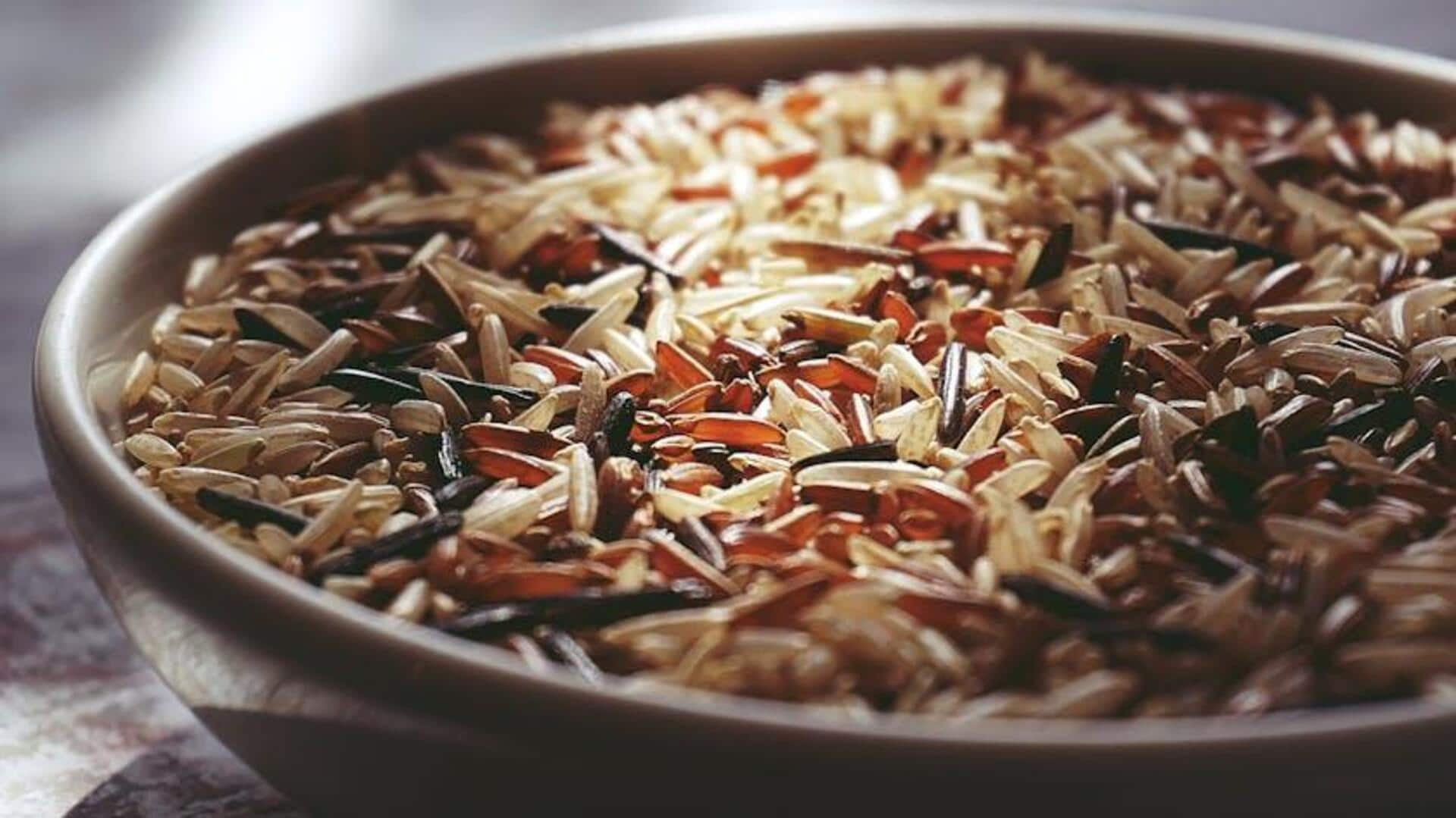
Are ancient grains beneficial? Let's find out
What's the story
Ancient grains have become popular for their health benefits, often being marketed as better than modern grains.
These grains, including quinoa, millet, and amaranth, are said to provide unique nutritional benefits.
However, there are a few myths about their health benefits that need to be clarified.
Knowing these myths could help consumers make informed dietary decisions without falling for marketing hype/misinformation.
Nutritional comparison
Myth of superior nutritional value
One of the most persistent myths is that ancient grains are more nutritious than modern grains.
Yes, they do offer a range of nutrients (fiber, protein, etc.), but the nutritional differences between ancient and modern grains aren't always that stark.
For example, whole wheat can offer similar fiber content as some ancient grains.
It's important to compare specific nutrient profiles rather than assuming all ancient grains are inherently better.
Gluten content
Gluten-free misconception
Another misconception is that all ancient grains are gluten-free.
While some like quinoa and amaranth are gluten-free, others like spelt and farro contain gluten.
This myth can result in people with gluten-sensitivity or celiac disease consuming harmful products.
It's important for consumers to check gluten status of each grain separately instead of making generalized assumptions.
Weight management
Weight loss claims
Ancient grains are often marketed as weight loss aids because of their high fiber content, which keeps you feeling full.
But no single food can promise weight loss without considering overall diet and lifestyle factors.
While including these grains in a healthy balanced diet may help with your weight control efforts by enhancing fullness, they shouldn't be seen as miracle cures for losing pounds.
Economic considerations
Cost versus benefit analysis
The belief that ancient grains provide unbeatable health benefits has resulted in them being more expensive in the market than regular alternatives such as rice or oats.
Consumers may presume the price indicates better quality or efficacy in enhancing health, when that isn't necessarily true in terms of all elements of nutrition or health benefits related to these foods.